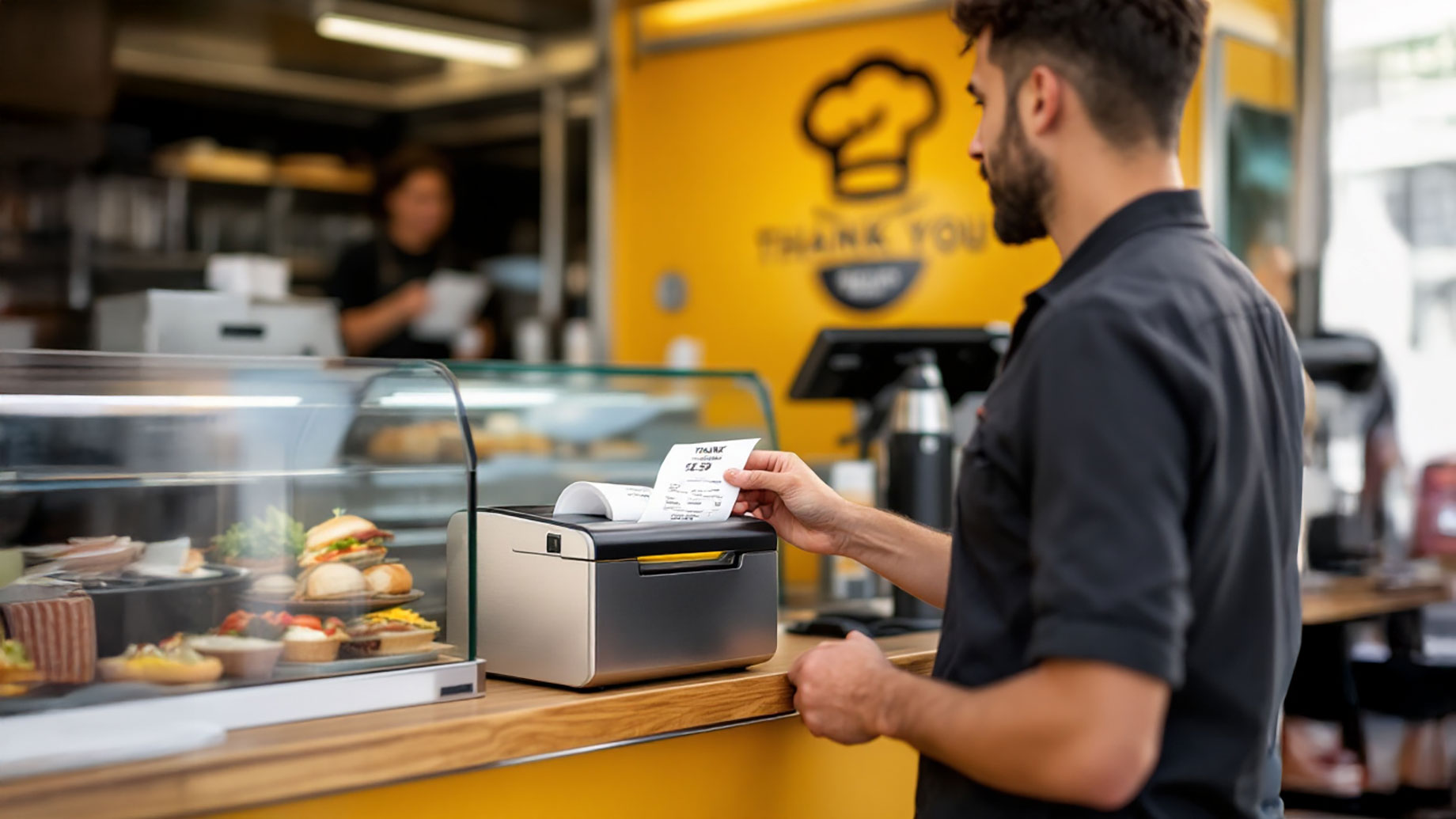
In an age where digital transactions and paperless records dominate most business landscapes, it’s easy to assume that traditional tools like receipt printers are becoming obsolete. But that’s far from the truth. In reality, receipt printers remain essential for many industries, especially those rooted in customer-facing services. From cafes and retail shops to transportation and healthcare, the need for quick, reliable transaction records is still very real.
Even more relevant today is the thermal receipt printer, a fast, efficient, and low-maintenance option that continues to streamline everyday business operations. But what makes these devices worth keeping around? And why are businesses still investing in them despite digital alternatives?
The Role of Receipt Printers in Everyday Business
When you think about a receipt printer, the most obvious use is for producing transaction slips at the point of sale (POS). But its value goes beyond just handing a customer a piece of paper. Receipts serve as a form of communication, proof of payment, and even a safeguard against disputes.
Businesses of all sizes rely on these printers for:
- Customer transparency: Receipts confirm what was purchased, when, and for how much.
- Accounting and auditing: Physical records simplify end-of-day reconciliations and long-term bookkeeping.
- Inventory tracking: Integrated systems update stock levels as receipts are printed.
- Returns and exchanges: Proof of transaction is essential for handling customer returns efficiently.
Whether you’re a small vendor at a weekend market or managing a chain of retail stores, having a reliable receipt printer ensures smoother transactions and a more professional customer experience.

Why Thermal Receipt Printers Stand Out
Among the types of printers available, the thermal receipt printer has become a favorite for modern businesses—and for good reason. These printers don’t use ink or toner. Instead, they use heat to create images and text on specially coated paper. This method offers several practical advantages:
- Speed: Thermal printers are significantly faster than traditional ink-based models.
- Cost-effectiveness: No need for expensive cartridges or ribbons.
- Low maintenance: Fewer moving parts mean fewer breakdowns.
- Quiet operation: Ideal for quiet retail or office environments.
These benefits make thermal printers perfect for high-volume environments where speed and reliability are critical. Think fast-food counters, medical labs, or ticket kiosks. When you need to print dozens—or hundreds—of receipts a day, shaving off even a few seconds per transaction can make a big difference.
Versatility Across Industries
While retail is the most visible use case for receipt printers, their utility spans a wide range of sectors. In the hospitality industry, they print receipts, kitchen orders, and guest checks. In transportation, they’re used for fare tickets and delivery confirmations. Healthcare providers may use them for appointment reminders, prescription information, or patient billing.
What all these industries have in common is the need for real-time, reliable output that supports both the business and its customers. A receipt printer, especially a thermal one, ensures that communication is clear, immediate, and tangible.
The Customer Experience Factor
In customer-facing environments, small touches matter. Handing someone a clear, neatly printed receipt—without delays or smudges—adds to the sense of professionalism. It shows that the business is organized and reliable.
Thermal receipt printers support this experience by delivering crisp, legible prints every time. This consistency is important not only for customer satisfaction but also for branding. Many businesses use custom headers, logos, or promotional messages on receipts to reinforce their identity or encourage repeat visits.
Bridging the Digital and Physical
Even as digital receipts become more common, not everyone prefers them. Some customers still want a physical copy for personal budgeting, expense reporting, or simply peace of mind. For businesses, offering both options means catering to all preferences and improving overall service.
Plus, printed receipts don’t rely on connectivity or battery life. They’re a dependable fallback when systems are down or when a quick paper trail is needed without setting up digital access.
Choosing the Right Printer for Your Needs
When selecting a receipt printer, it’s important to consider factors like print speed, compatibility with your POS system, connectivity options (USB, Bluetooth, Wi-Fi), and print width. A thermal receipt printer often checks most of these boxes, making it a go-to solution for many operations.
Another key factor is size and portability. Compact printers are ideal for mobile setups like food trucks or pop-up shops, where space is limited and mobility is key. On the other hand, larger fixed models work best for high-traffic counters or back-office use.
Final Thoughts
Despite living in a digital-first world, the receipt printer remains a workhorse behind the scenes of countless businesses. Its continued relevance lies in its simplicity, reliability, and real-world utility. Thermal receipt printers, in particular, offer a balance of speed, efficiency, and low maintenance that makes them a smart investment for any organization.
As businesses look for ways to improve customer service, streamline operations, and stay flexible in ever-changing environments, the humble receipt printer is proving it’s far from obsolete—it’s evolving right alongside the industries it serves.